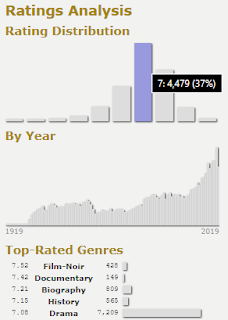This Week I Learned - Week #4 2020

This Week I Learned - * RBAC is an authorization system built on Azure Resource Manager that provides fine-grained access management of resources in Azure. * Hub and spoke is a networking model for more efficient management of common communication or security requirements. It helps avoid Azure subscription limitations, save costs by centralizing services that can be shared by multiple workloads and aids separation of concerns through deployment of individual workloads between central IT teams and workload teams. * The hub is a virtual network (VNet) in Azure that acts as a central point of connectivity to your on-premises network. The spokes are VNets that peer with the hub, and can be used to isolate workloads. * A hub-spoke topology can also be used without a gateway, if you don't need connectivity with your on-premises network. * As a first step toward migrating a datacenter to the cloud, the first services that need to be shared are identity and security service




